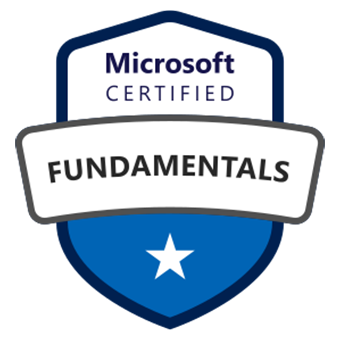Unlocking Efficiency: A Beginner’s Guide to RPA Desktop Flows in Power Automate
Inkey Solutions, December 13, 20241320 Views
As per the beginner’s knowledge, RPA (Robotic Process Automation) Desktop flows, also known as UI flows, are a feature within Microsoft Power Automate that allows users to automate repetitive tasks on their Windows desktop or web applications. Desktop flows are part of the broad Power Automate platform, providing a solution for automating processes that involve interactions with desktop applications, browsers, and other elements on a user’s computer.
Overall, RPA Desktop flows empower users to automate repetitive tasks on their local machines, improving efficiency and reducing manual effort in business processes.
Key features and aspects of RPA Desktop flow:
- Desktop Automation
- User Interface Interaction
- Web Automation
- Recorder and Designer
- Integration with Power Automate
Robotic Process Automation (RPA) offers several benefits to organizations and individuals, contributing to increased efficiency, cost savings, and improved business processes.
Here are some key advantages of RPA:
- Cost Savings – RPA allows organizations to automate repetitive and rule-based tasks, reducing the need for manual intervention.
- Scalability – RPA allows organizations to scale their operations quickly and efficiently. As business demands grow, additional bots can be deployed to handle increased workloads without the need for a proportional increase in human resources
- Integration with Existing Systems – RPA is designed to integrate seamlessly with existing IT systems and applications.
- Increased Efficiency – RPA bots operate 24/7 without breaks, leading to faster task completion and improved efficiency.
In summary, RPA in Power Automate expands the platform’s capabilities by enabling users to automate desktop and web-based tasks with a user-friendly interface. It empowers both technical and non-technical users to create automation solutions that enhance efficiency and productivity within their organizations.
When implementing RPA with Dynamics 365, it’s essential to collaborate with both the business and IT teams to identify suitable processes for automation, ensure data security, to best practices. Integrating RPA with Dynamics 365 can lead to increased productivity, reduced manual effort, and improved data quality across various business functions.
In conclusion, RPA opens a world of possibilities for automating routine tasks, empowering organizations to operate more efficiently and strategically. As a beginner, exploring RPA can be both exciting and rewarding, laying the foundation for a deeper understanding of automation’s potential in the digital age. Whether you’re in finance, healthcare, or any other industry, the principles of RPA can be applied to streamline processes and drive positive change. Welcome to the fascinating realm of Robotic Process Automation!












